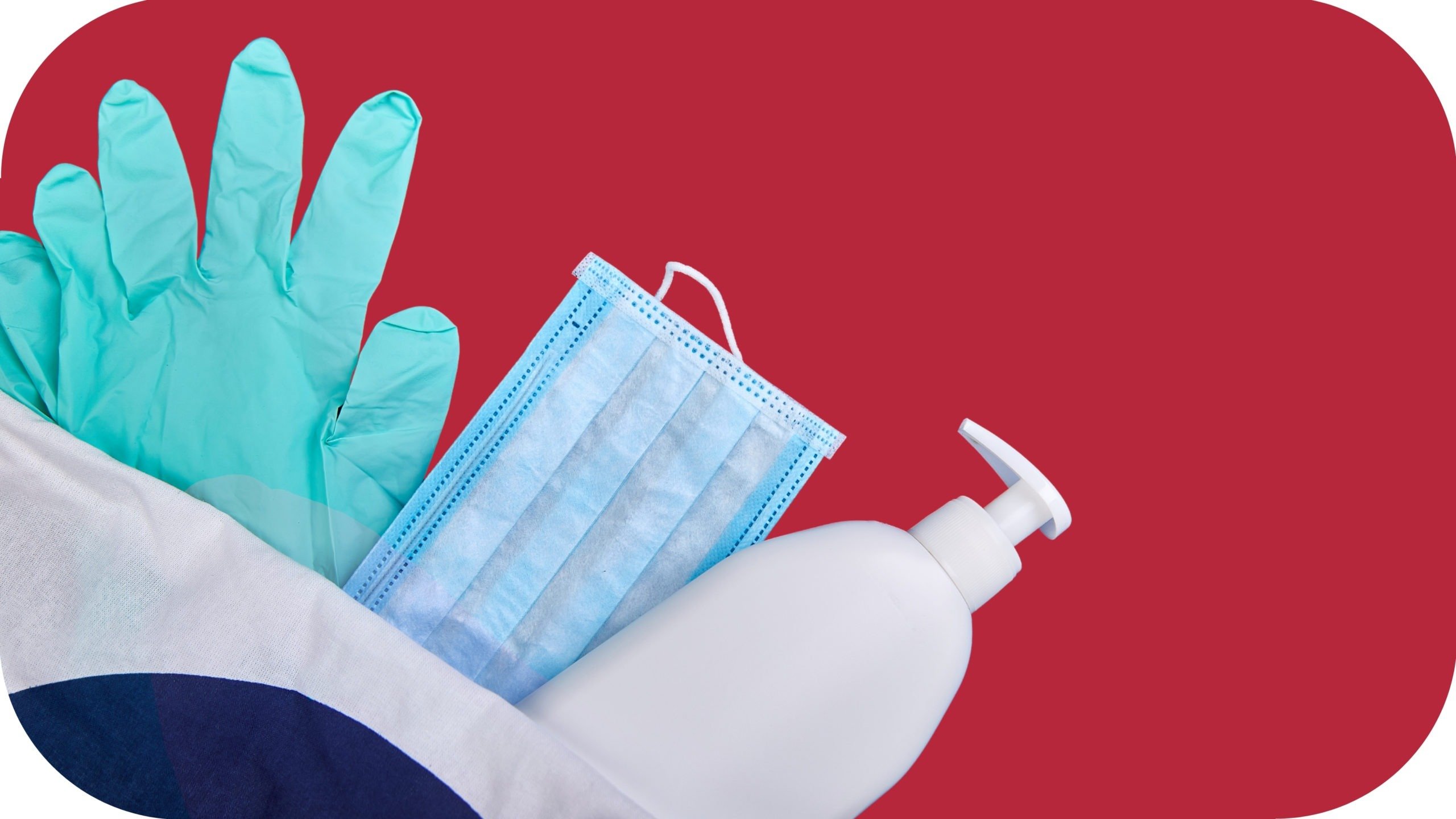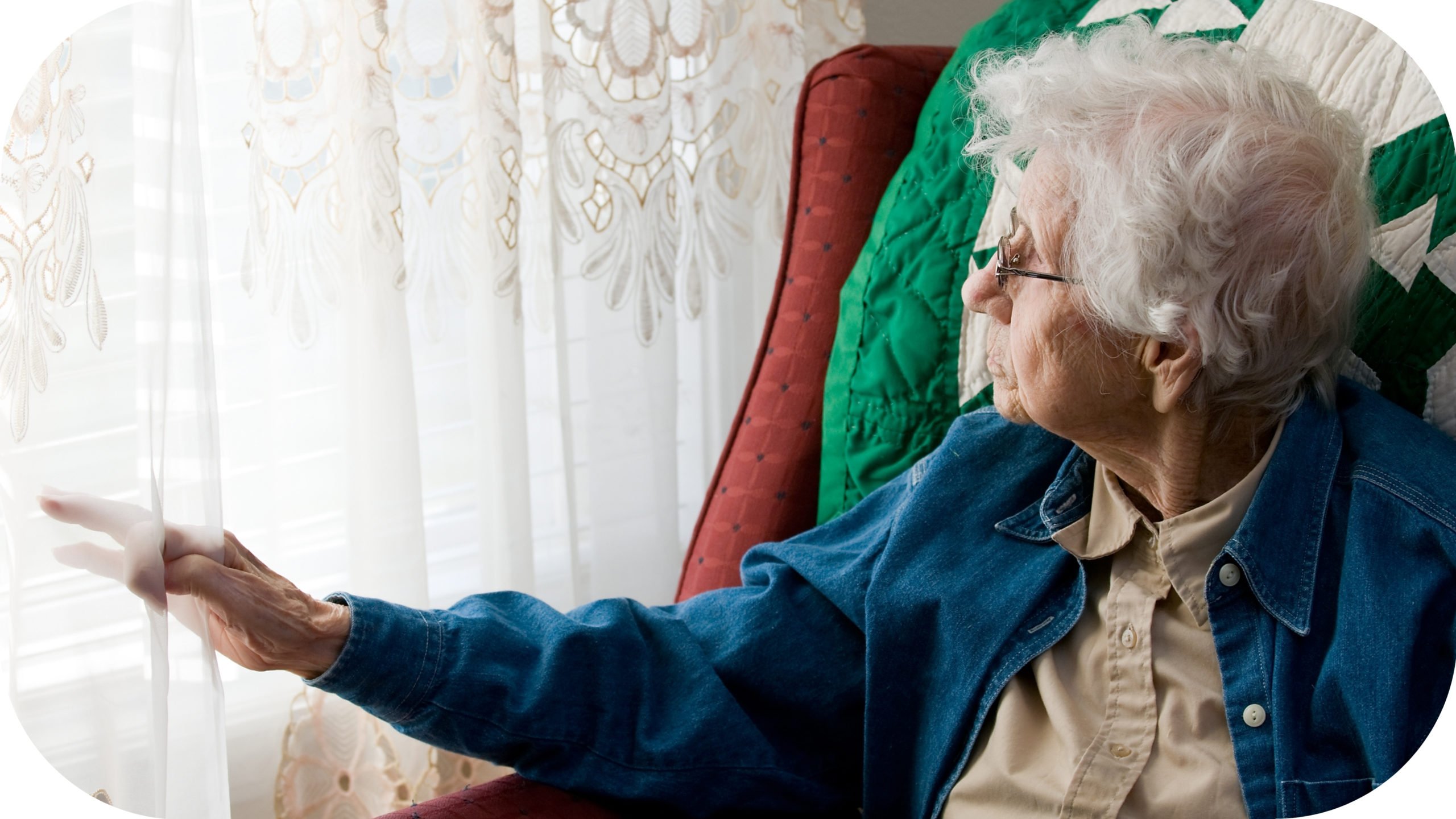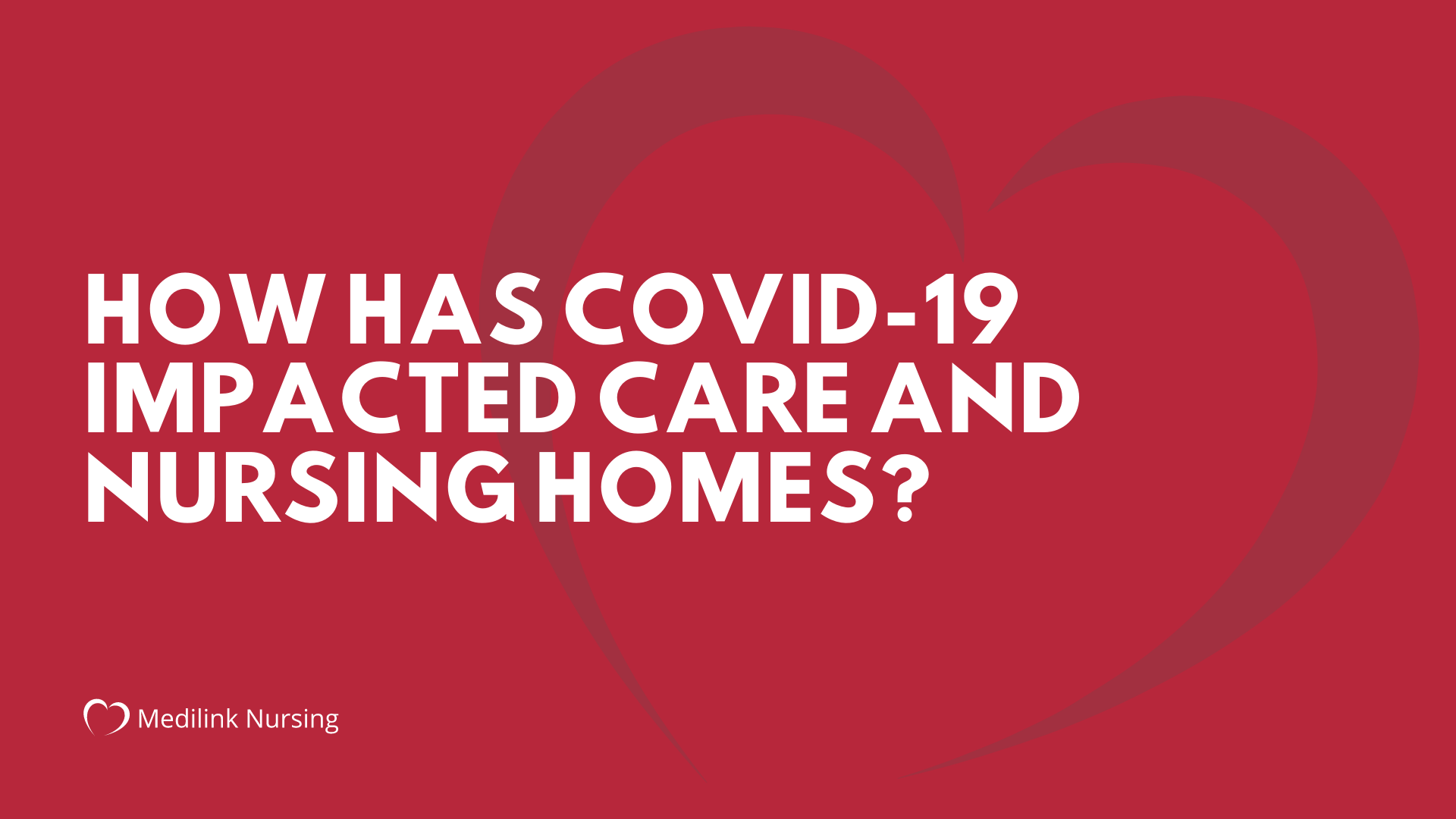How Has COVID-19 Impacted Care and Nursing Homes?
(PUBLISHED 03/09/2020) For the past year, Coronavirus (COVID-19) has had a devastating impact across the world, affecting all walks of life. Every industry has undoubtedly felt the force, but the challenges faced by Care and Nursing Homes are unique.
How can people provide care for those who are most vulnerable, when they could be their greatest risk?
Care home residents in the UK have a higher chance of dying than in any other country, aside from Spain. In June, it was estimated that one in 20 UK care home residents died due to coronavirus, with 5.3% of care home resident deaths being caused by COVID-19 in recent months.
That is only the tip of the iceberg.
Everyone is a Risk
In the past few months, (especially before testing figures increased) every time a patient left hospital to go to a care or nursing home, the risk was immense.
Up to the 15th of April, anyone discharged did not need to be tested before going into a home and before with over 28,000 elderly patients being moved from hospitals to care homes before the change. Whilst we do not have the statistics to clarify how many had the virus, and how many got infected, this would prove to be a devastating catalyst in weeks to come.
Before the 15th, around 5,700 care home residents in England and Wales had died, and this figure rose to well above 20,000 as of July.
It only takes one person to be infected to unknowingly pass it on, then you’re left with a domino-like effect. Of course, it’s not just patients that posed a risk, anyone can carry and pass on COVID-19, including those who the residents depend upon most – the nurses and carers.
How Can You Care Without Carers?
It’s a near impossible task. Without carers and nurses, care simply cannot be provided to those who need it, at the standard they deserve.
As well as being concerned about the welfare of those under their care, staff working in homes have understandably been worried about the impact it could have on their own health, as well as their families. Suddenly every shift poses as a risk to life – so do you put those under your care first, and risk the health of your family? That decision cannot be made lightly, and demonstrates the bravery and courage of those who have been working in the care sector during these testing times.
For those who pushed on and continued to put others first, it has been imperative they had access to a solution that minimises risk.
Personal Protective Equipment (PPE) was the only answer to this, and the solution was in short supply during April. As many care and residential homes are privately run, the burden to source PPE from local suppliers took its toll. Care and Nursing homes were left in a money-war, competing with better-funded homes and hospitals. The highest bidder wins – something that should never be the case in this day and age, when the most vulnerable are at risk. Many homes run a financial tightrope anyway, without having to source additional funds to outbid others in desperate need.
Thankfully, PPE has become more widely available, and most homes are able to get the equipment they need to help prevent the spread. The effectiveness of PPE has been widely debated, but it’s hard to argue to using it is safer than not.
But, what happens when a nurse or carer could potentially be infected?

Self-Isolating and Providing Care
Providing care and preventing the possibility of infection is a double-edged sword. In theory, self-isolation has undoubtedly been the best solution to the crisis. No contact with others was perfect to minimise the risk of contracting and passing on the virus in the wider scope, but in practice, it’s impossible for care and nursing homes.
What happens when there’s an outbreak at a home? All the nurses and carers that have been in contact with residents over the past few days could have caught the virus. The same can be said with the residents.
So, what’s the ideal solution?
There isn’t one.
As any home would tell you, it is near impossible to ensure every resident gets the care and attention they need with a very limited workforce. If your staff have to self-isolate, you’re got two choices: do the best you can do, with who you have, or get agency staff to cover shifts. There are few reputable agencies, such as Medilink Nursing, who you can rely on to be professional and do everything they can to minimise the risks. However, when you get staff from outside your home, there’s always a worry about who they have been in contact with.
Thankfully, due to the increased amount of testing kits available, Medilink Nursing’s bank staff have been able to be tested on a regular basis. This means that we are able to carefully monitor our carers and nurses, and provide homes with peace-of-mind, knowing that the staff they hire from us have come back with a negative test.
A Psychological Impact on Residents
It’s hard to fully comprehend how the virus and lockdown has impacted those who live in care and nursing homes.
Residents over the past few months have been isolating in their own rooms as much as possible throughout the pandemic. Those of us who are not as vulnerable cannot begin to imagine what it would have been like – whilst we’ve been able to at least go outside, get to the shops and meet others in our “bubble”, it hasn’t been the case for those living in care.
Physical and emotional stimulation is essential, and this has been hard to come by in recent months with restrictions on visiting and activities. A study from Oxford Academic showed that due to staff shortages, care home residents received an average of 3.1 to 4.8 hours of interaction with staff a day. For some, this would mean over 20 hours a day isolated in their room for weeks, due to strict isolation guidelines and rules.
It’s important to take into consideration that around two thirds of care home residents have some form of behavioural or ‘responsive’ symptoms associated with dementia. Due to these symptoms, residents may choose to walk out of their room with a purpose in mind, which can be difficult, if not impossible, to prevent. Attempts to restrict resident movement cause have many impacts to the individual, never mind the possibility of getting COVID-19 from someone else in the home they may interact with.
It must be said, however, that staff at these homes have been excellent at finding ways to help bring happiness to residents. For example, take a look at these residents who recreated iconic album covers – brilliant!

The Wrap-Up
From the outside looking in, the problems may not seem that problematic. Get nurses and carers to wear PPE, keep the residents in their homes and restrict interactions. Easier said than done. However, when you take a deeper look, the complications and consequences quickly emerge.
We have only briefly touched upon the challenges faced over the past months in this article – there are still many more issues that have to be dealt with on a daily basis.
Even though restrictions are starting to lift, this does not mean life can return to normal in care and nursing homes. So long as COVID-19 is active within the UK, there is a risk to every resident.
Only together can we continue to ensure those under our care are able to live the best quality of life, whilst still being safe.
What We’re Doing
At Medilink Nursing, we’re taking no risks. Every one of our carers and nurses has partaken in a specially designed COVID-19 awareness course, which you can access for your employees for free by visiting Aaron’s Department and signing up at the bottom of the page. Whenever possible, we also send the same members of staff to a home when they rebook a shift request, to minimise any risks on top of ensuring our bank staff are tested weekly.
Should you ever need to book a nurse or carer to fill a shift at your home, or have any questions about the service we provide, you can call us any day between 6am and 10pm on 0113 877 6383.
Even with little notice, we promise to give you quick, honest answers to your requests to ensure you are able to continue to provide the care your residents deserve.
All Information Correct At Time Of Writing, 03/09/2020.

